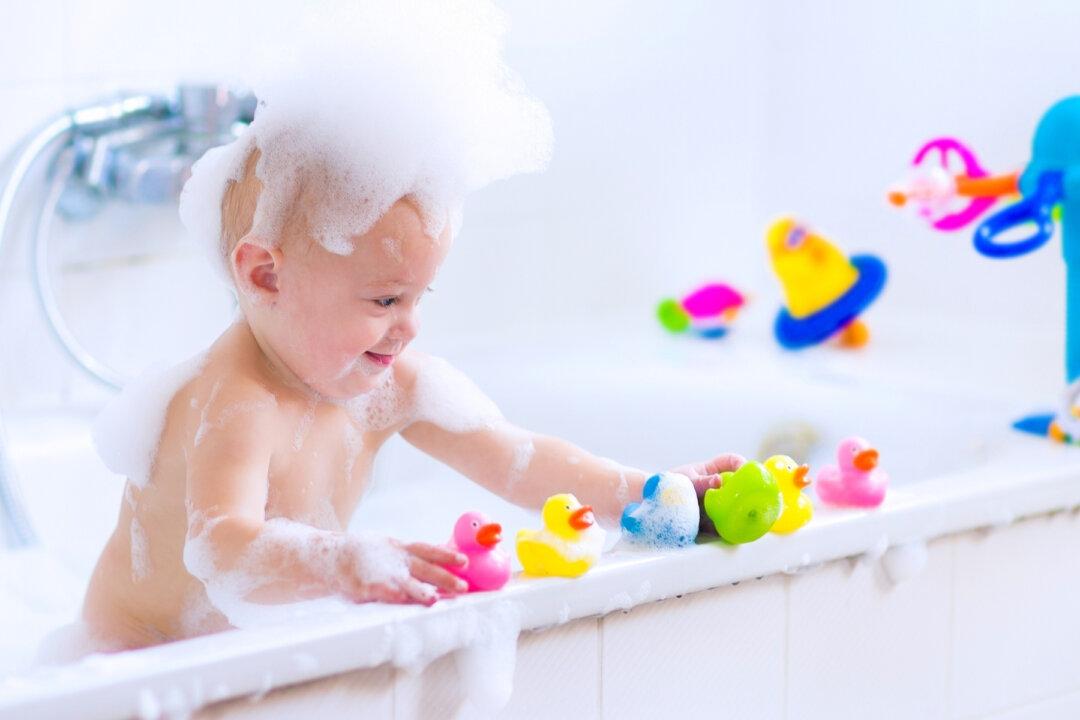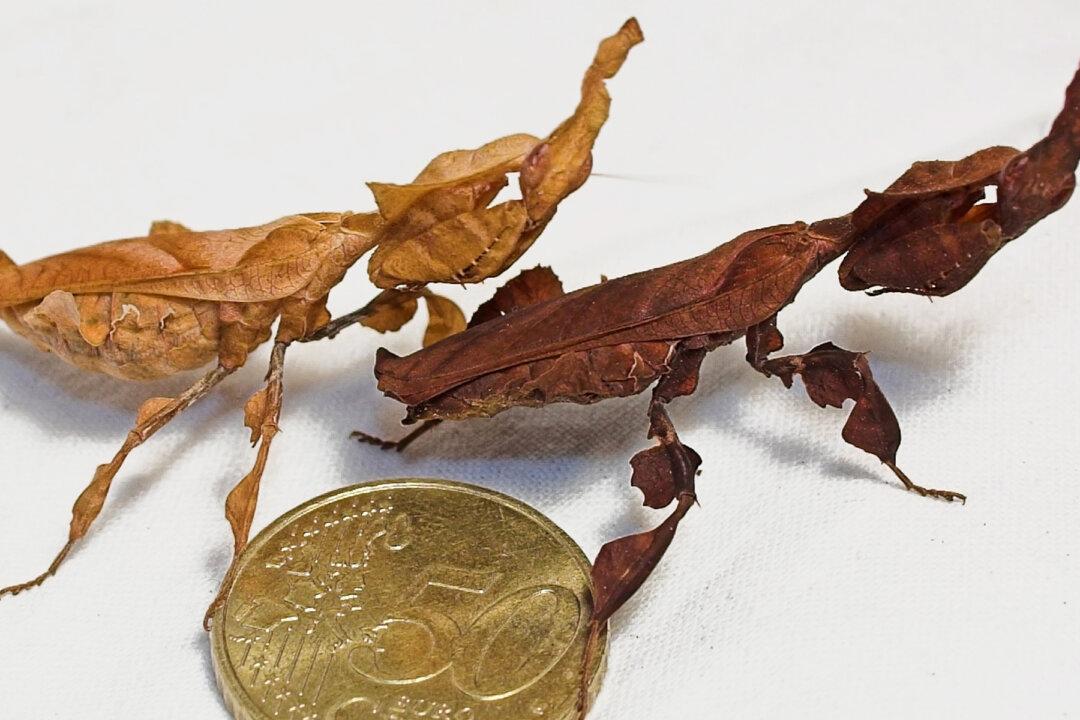“Rubber ducky, you’re the one, you make bathtime so much fun,” goes Ernie’s famous Sesame Street song, echoed by generations of children around the world. But while duckies and other rubber or plastic children’s toys can entertain young kids in the process of getting clean, many of these toys, themselves, leave much to be desired in terms of cleanliness.
A 2018 study published in the journal Biofilms and Microbiomes revealed the disturbing reality of germs on bath toys promoted by the warm, damp conditions of tubs and bathrooms. “Bath toys from real households are colonized by dense biofilms with complex bacterial and fungal communities,” the study explained.




